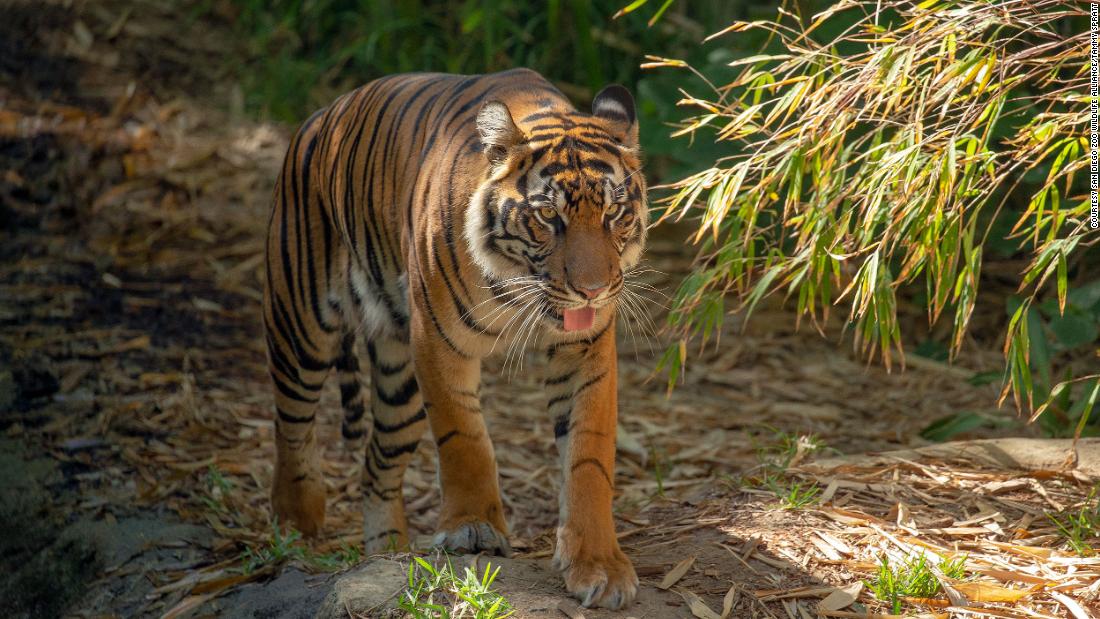How science is helping conservation efforts for endangered tigers
We're living in what's known as the sixth mass extinction.

A few minutes every morning is all you need.
Stay up to date on the world's Headlines and Human Stories. It's fun, it's factual, it's fluff-free.
We're living in what's known as the sixth mass extinction. According to the World Wildlife Fund, "A mass extinction is a short period of geological time in which a high percentage of biodiversity, or distinct species ... dies out." And the fifth mass extinction happened about 65.5 million years ago (goodbye, dinosaurs), so why are we experiencing another one right now?
Well, this extinction event was brought on by human activity, with things like the unsustainable use of land, water and energy, plus the onset of climate change. About 30% of all land that sustains biodiversity is now used for food. Agriculture has caused 80% of global deforestation and makes up 70% of the planet's freshwater use, totally shifting wildlife activity. Currently, the species extinction rate is between 1,000 and 10,000 times higher than it's supposed to be naturally – without our help. Oof.
Many animals are in danger of extinction, which is part of why environmental sustainability is so important. But today, we want to talk about Sumatran Tigers, aka Sunda Tigers. They're on the "Critically Endangered" list, numbering less than 400 globally. They were once found across several parts of the Sunda islands in Indonesia but have been wiped out, except in patches of forest on the island of Sumatra. But deforestation and poaching are really hurting their numbers. While Indonesia has built up law enforcement and anti-poaching efforts to save the tigers, they're still in danger.
Still, researchers are doing their best to bring up endangered tiger populations. In fact, one report says wild tiger numbers have increased by around 40% over the last seven years. But their numbers are still devastatingly low.
One scientist, Dr. Mrinalini Watsa, a researcher with the San Diego Zoo Wildlife Alliance in California, is really changing things by studying these animals' paw prints. After taking samples of the tigers' paw prints, she can analyze their DNA. Watsa aims to use existing genome-sequencing tech for detecting individual tigers in the wild. She hopes this will make tracking (and counting) tigers in the wild easier.
"Now, instead of saying we've seen about 40 prints in this 3-kilometer-square (1.8-mile-square) area, actually you can see those 40 prints come down to four tigers and that gives us so much more power in terms of how we go about counting them," said Watsa.




Comments ()